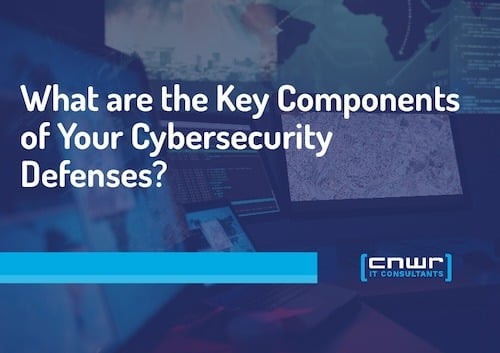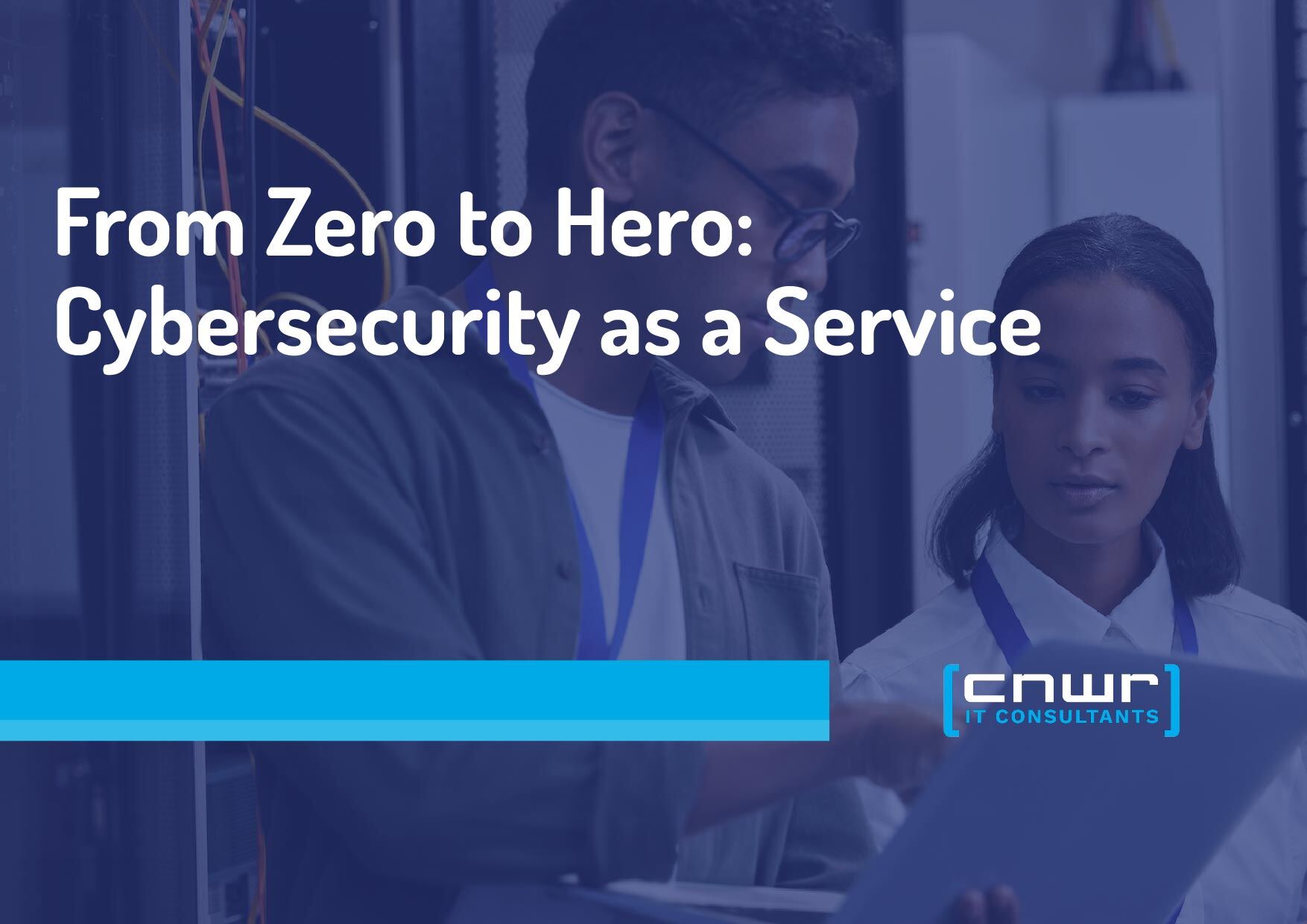Everybody preaches that your business must have incredible cybersecurity protections. While we all recognize the importance, not everyone knows exactly what makes up your cybersecurity.
Below, we’ll break down the most important components of cybersecurity systems so you can understand the most crucial aspects of your cybersecurity defenses.
Cloud Security
As more businesses rely on cloud technology to store their data remotely, cloud platforms have quickly become a hot target for hackers because they typically contain sensitive information and can be the host of valuable applications that they can infiltrate.
To counteract these new waves of cyberattacks, more emphasis has been placed on defending the business’ cloud infrastructure. Cloud cybersecurity protocol typically revolves around cloud access, as defenses may include encryption, login authentication, and access control.
The cloud's cybersecurity protocol will also protect against breaches in firewalls and malware and contain fail-safe options if a breach does occur.
Network Security
Protecting your network is an essential branch of cybersecurity. Your business network can be the backbone of your overall IT infrastructure due to its connection to your hardware. Any breaches in your network can paralyze the rest of your technology.
Protecting your network also involves limiting outside access and using strict login credentials to verify users' identities safely. A common cybersecurity tactic for networks is continual monitoring, as you can have software that continually scans for possible viruses and will raise the alarm at anything that causes suspicion.
For added network protection, networks may also use virtual private networks (VPNs) to ensure that no one online can easily access the network. There is also the option of network segmentation, which automatically divides your network into smaller pieces so that even if one piece of the network is compromised, the entire network will not go down with it.
Application security
Application security is a core component of cyber security. Its purpose is to guard against security vulnerabilities that could permit system access and modification.
As applications are often an addition to your IT infrastructure, it’s important to evaluate them for software vulnerabilities constantly. If a hacker finds a weak spot, they will quickly exploit it and use that application to hold your workflow hostage or further infiltrate your company.
Instead, continually update your applications. Developers will consistently try to stay one step ahead of application weaknesses and instill cybersecurity protections in the application itself through coding and functionality evaluations.
You can also boost your application security by protecting your application login credentials and ensuring that all your applications are appropriately configured in your IT infrastructure.
Endpoint Security
Endpoint security is the most user-focused effort to evade hackers as it focuses on the devices employees use in their daily workflow, such as laptops, smartphones, and servers on your network.
Endpoint security provides support for each of these devices on the network, as it defends against ransomware, malware, unauthorized access, and data breaches from outside sources. Endpoint security protocol also enlists the use of firewalls to monitor all network traffic on each device, while some systems will go a step further by using device control to limit any potential high-risk actions a user can make on the device that could put the network in jeopardy.
While endpoint security mostly focuses on its defense software, a crucial part of endpoint security is educating your staff. By educating your staff on the strategies hackers use (such as phishing) to try and trick employees into giving up valuable information or credentials, employees will be less likely to make these mistakes that could be catastrophic to your cybersecurity.
Get To Know Your Cybersecurity a Little Deeper
Knowing each of these core components is an excellent starting point for understanding the basics of cybersecurity. However, if you want to fully understand cybersecurity, you might need a guide to explain its intricacies.
Our team at CNWR are IT experts who would happily walk you through the most vital aspects of cybersecurity to help your organization be better protected and bolster any other IT infrastructure weakness you may have.
Contact us today if you want to learn more about how CNWR can improve your business.



-1.jpg)

